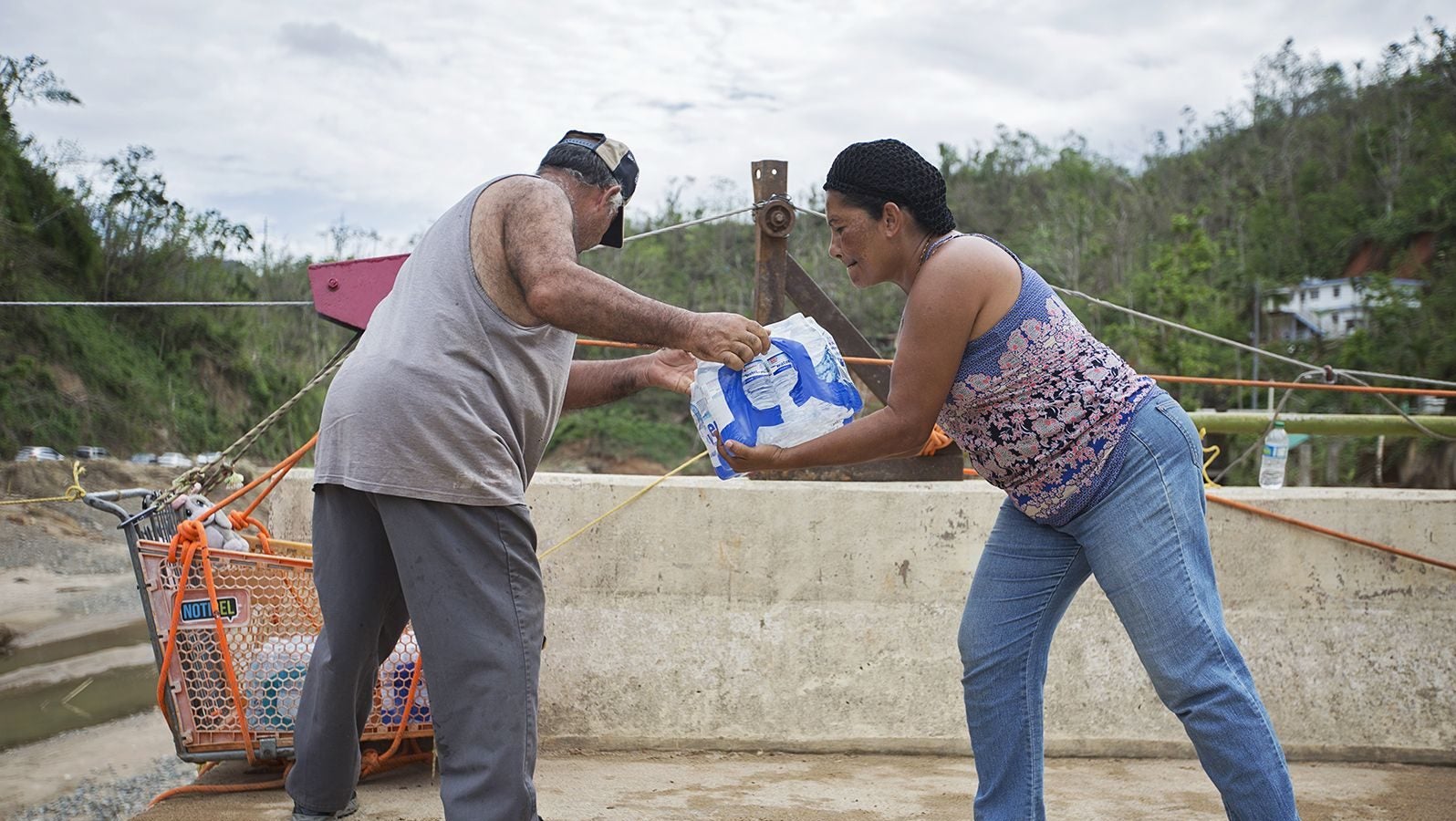A new kind of charity lets you control exactly who you give to and what they get
What if you could apply the Uber model to disaster aid? A group of volunteers is attempting to do that with an online platform that connects victims of hurricane Maria in Puerto Rico with donors anxious to help.


What if you could apply the Uber model to disaster aid? A group of volunteers is attempting to do that with an online platform that connects victims of hurricane Maria in Puerto Rico with donors anxious to help.
The platform, called “Adopt a Family in PR,” works like this: A Puerto Rican family needing help signs up, detailing its needs. Those wanting to help also sign up, spelling out how much they can give. “Adopt a Family” matches the two parties. The donors buy and ship supplies directly through the mail, which delivers them in four to six days. All the group does is track packages.
It’s a much streamlined version of the traditional aid group’s setup. Although many charities have “adoption” programs, whether for endangered animals or water wells, they usually involve several layers of logistics to collect donations, pool them, and then distribute them.
Hurricane Maria, which devastated Puerto Rico two months ago this week, is not your run-of-the-mill disaster. Many factors, from the scale of the damage to the uniquely dispersed population (more than 70 municipalities, each with its own set of barrios sprinkled over hilly topography), hamper such traditional forms of pooling and distributing aid. Because of all of this, Puerto Rico’s recovery has been so far frustratingly slow.
Getting rid of the middle man—and all the in-between steps it performs—can lower costs and make delivery faster, says Sara Nason from Charity Navigator, a charity-rating group. But donors should also be cautious. “You have to make sure the organization vetted the people just to confirm they are in need, and that this is where they actually live,” she said.
The internet is also creating other ways to give help more directly. Some non-profits have assembled Amazon wish lists, so that donors contribute something tangible, not just cash. Gofundme has set up a special page with post-Maria campaigns to give money to specific Puerto Rican families and businesses.
The “Adopt a Family” model identifies needy families through local intelligence. At first its lists was compiled by the organizers’ family and friends; now the group is working with the Boys and Girls Club of Puerto Rico and other volunteers traveling around the island to sign up new recipients. “The sponsors here know exactly where their funds are going,” says Margarita Mendoza, who’s spearheading the effort.
Donors can also check, as many do, on “their” families via text and email. Aside from helping, they’re also building relationships, adds Mendoza.